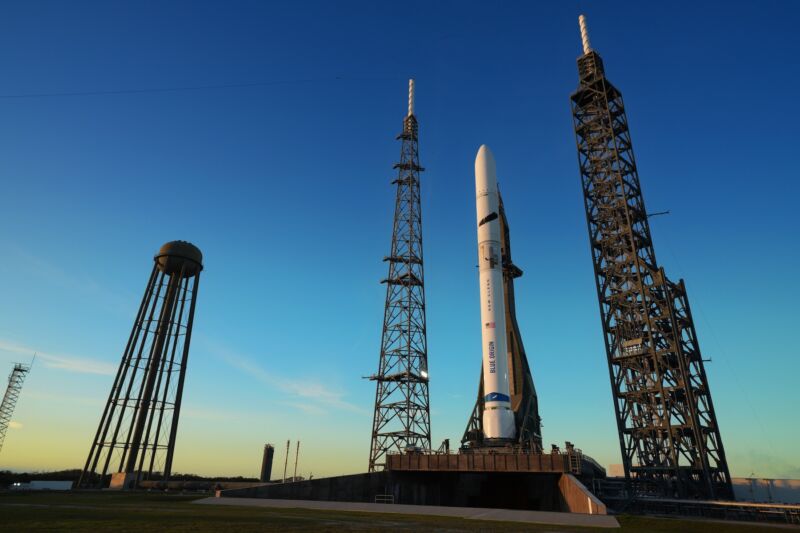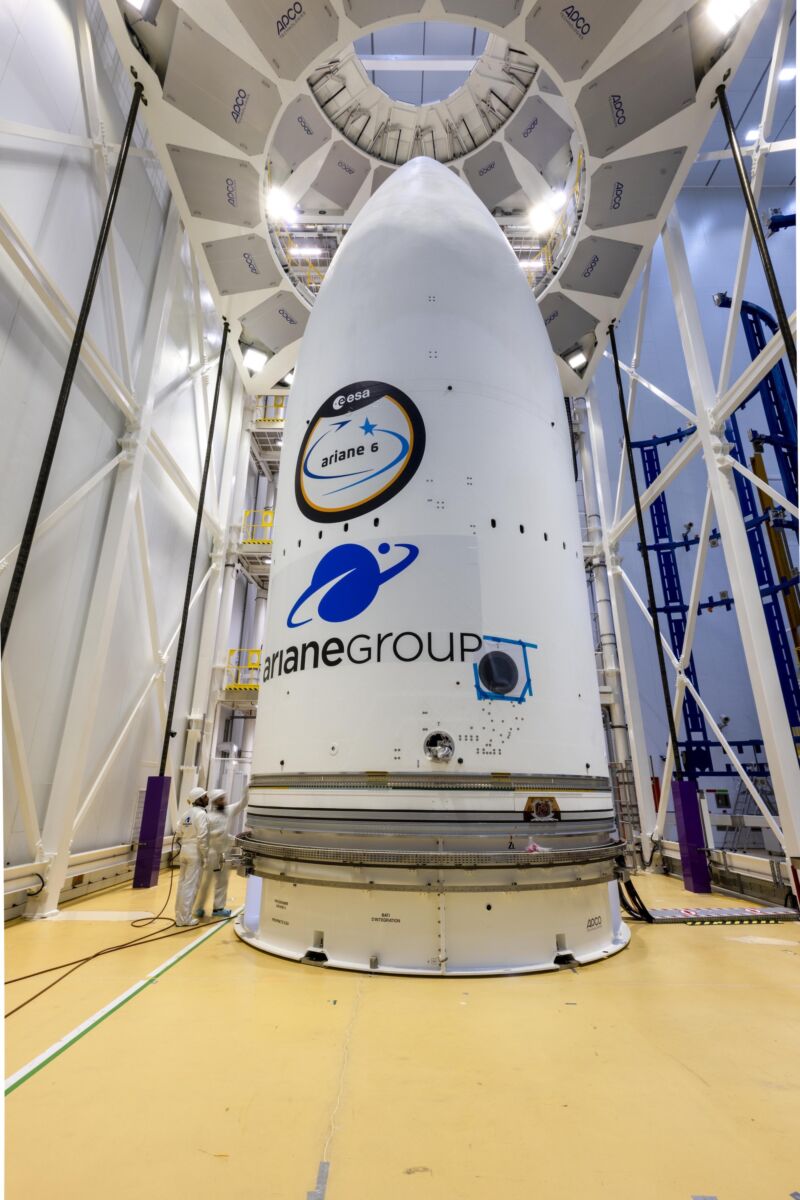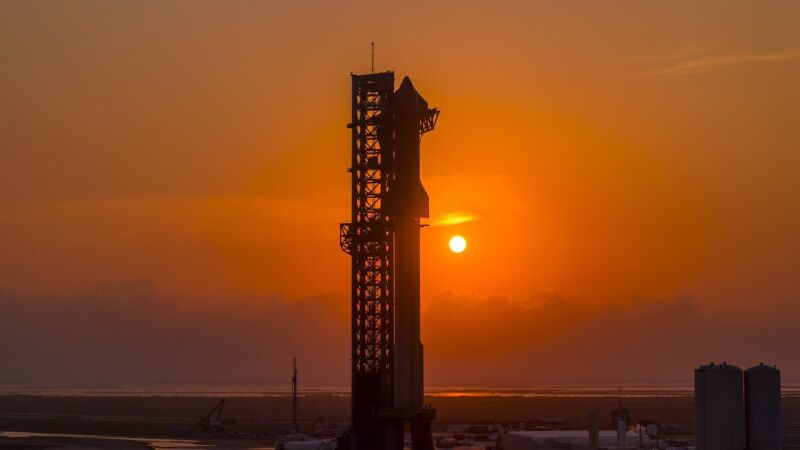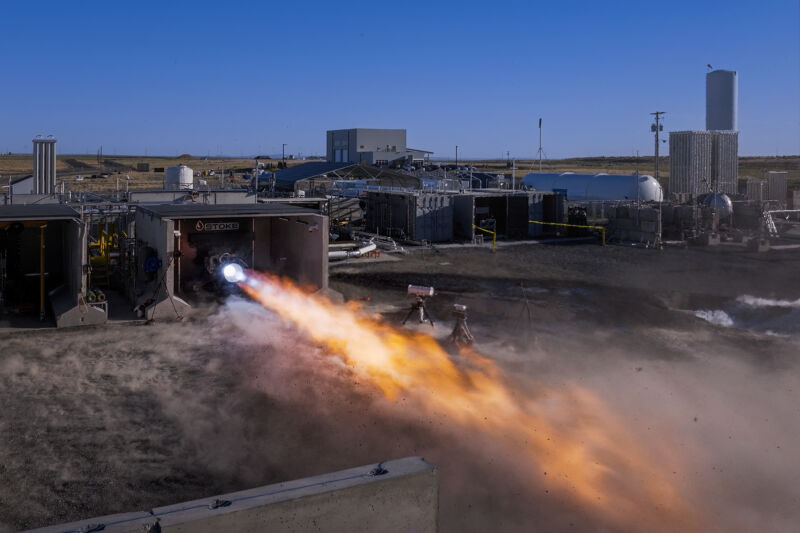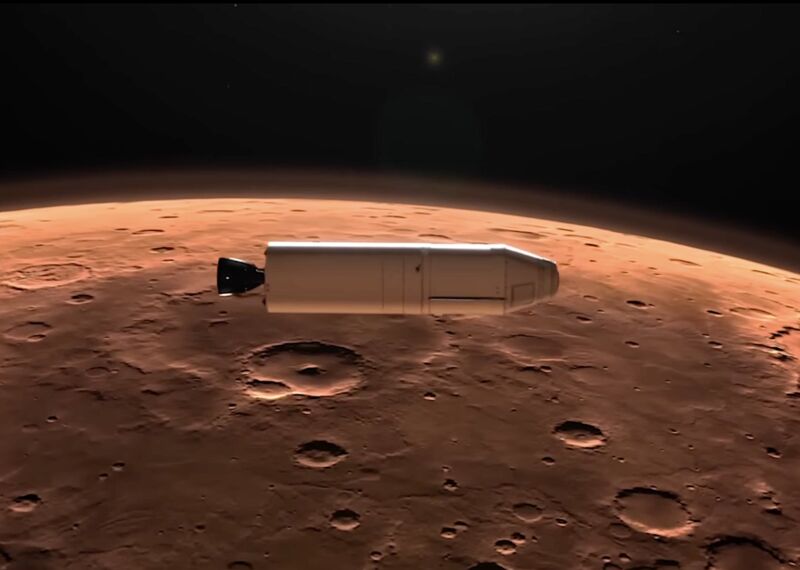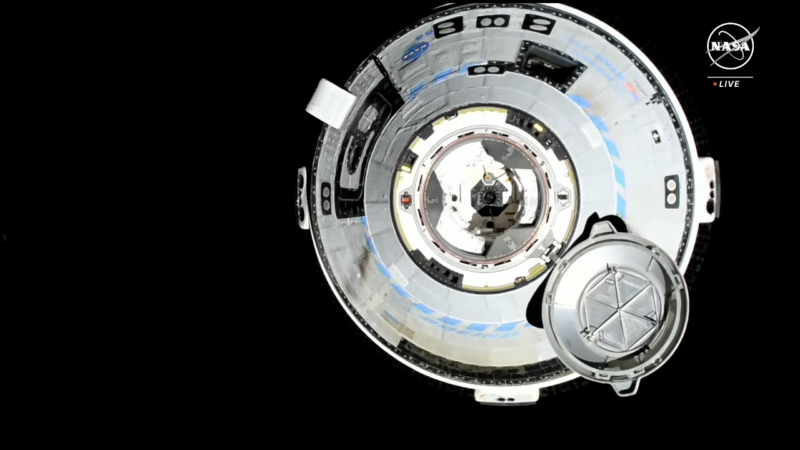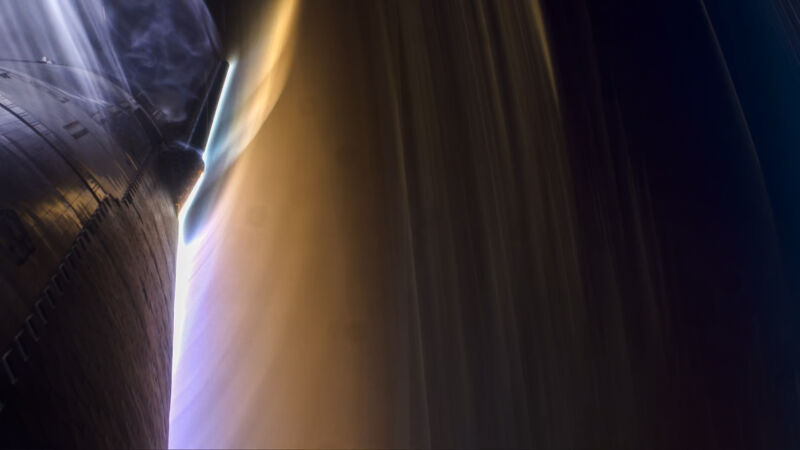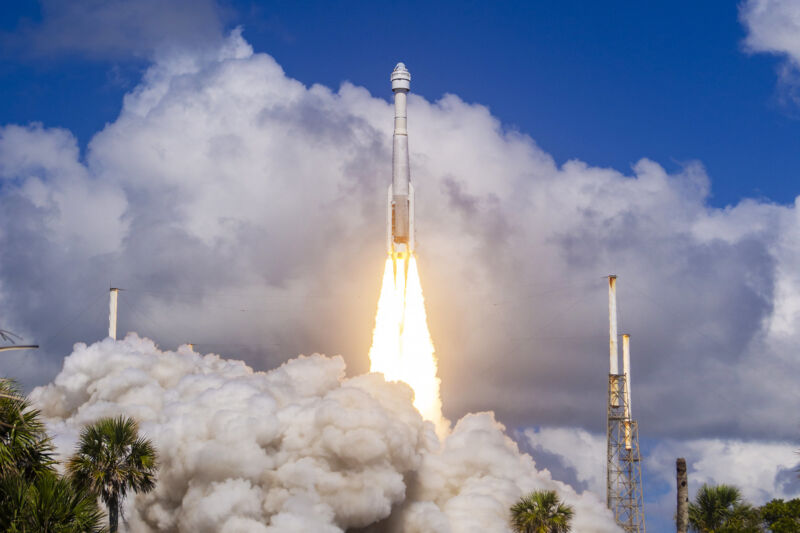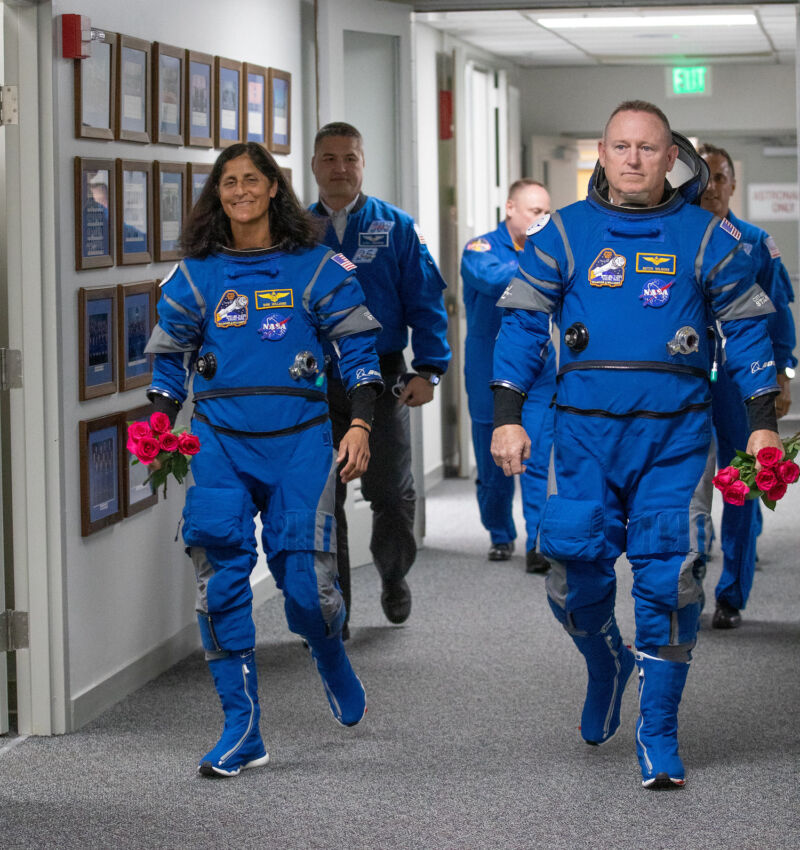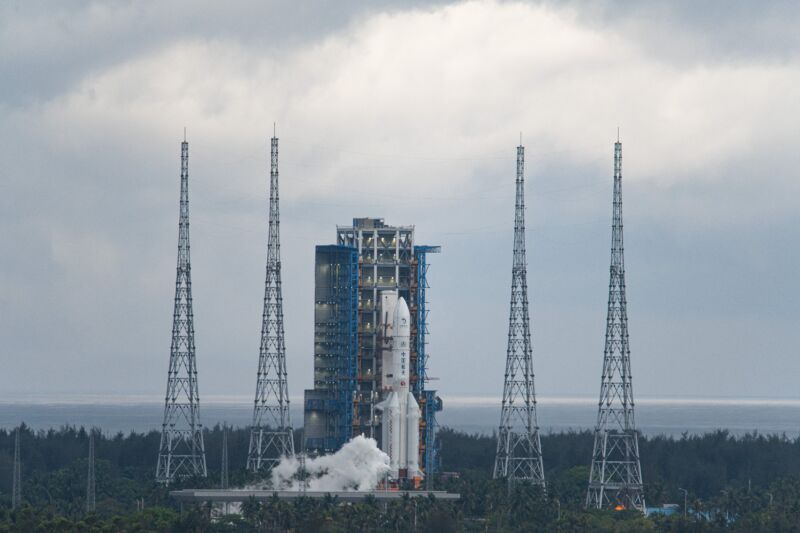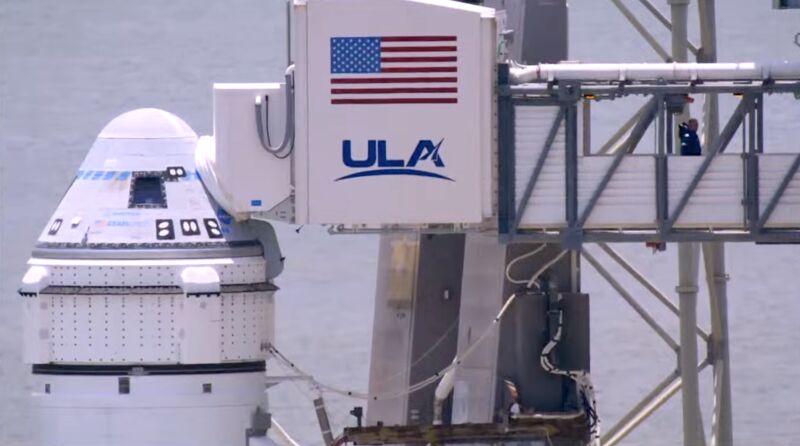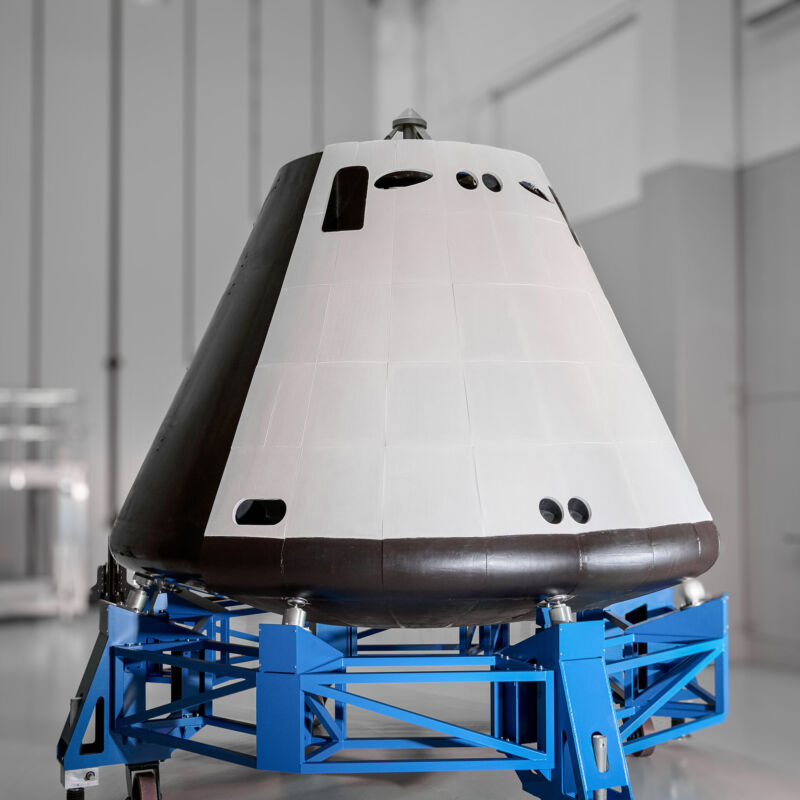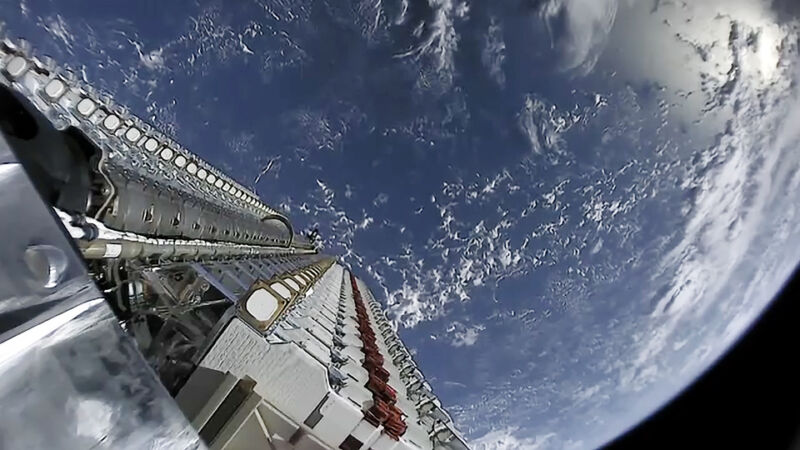Children facing a ‘brutal’ loss of time and space for play at state schools
Shorter playtimes and shrinking outside space in England have serious implications for children’s wellbeing and mental health
- Revealed: students at top private schools have 10 times more green space than state pupils
- Indoors at breaktime: the school in a London office block
- Private schools in England should be made to share their green space, say campaigners
Children are facing a “brutal” loss of space and time for play in school, teachers, unions and academics have warned.
A combination of factors is eating into the time children spend outside, and will have serious implications for their wellbeing and mental health.
A Guardian analysis of the space available to state school children in England has revealed that thousands are attending schools with very little outside space, with government data showing that more than 300 schools have under 1,000 sq metres and at least 20 have no outside space. In nearly 1,000 schools, there is under 10 sq metres for each pupil.
New and unpublished research from the UCL Institute of Education seen by the Guardian showed a continued downward trend in the amount of time children have for playtime in the wake of the Covid lockdowns, with the youngest losing the most time.
The demands of the curriculum have increased, and continue to diminish time outside, while staffing shortages are reducing capacity to oversee playtime.
Across England and Wales schools face difficult financial decisions, which are having an impact on the funding to care for grounds. Headteachers in the state sector have said they are in desperate need of funding to improve basic facilities for children.
School buildings are crumbling, as many were built with Raac (reinforced autoclaved aerated concrete) that was not replaced within its usable lifetime, meaning in some cases playgrounds are being used to host temporary classrooms. This is squeezing out the little space some schools have for children to spend time outside.
Continue reading...© Composite: Guardian Design/Getty Images/Alamy/British Library
© Composite: Guardian Design/Getty Images/Alamy/British Library
